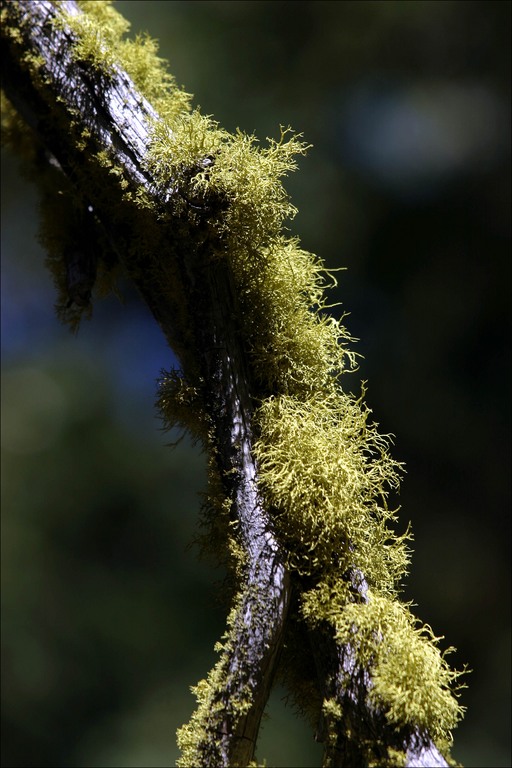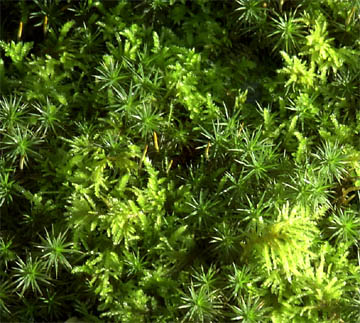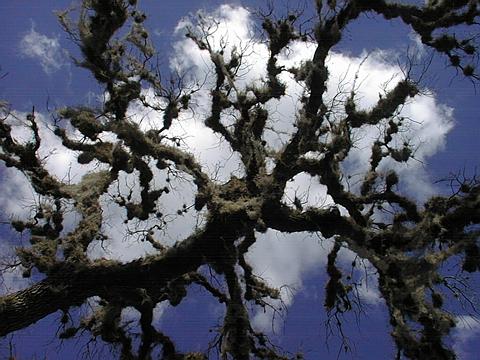 |
|
Moss is often described as the wallpaper for the forest; it serves as an intricately interwoven and unnoticed backdrop to more charismatic micro- and megaflora. The term moss, however, does not refer to one single species, but rather a combination of multiple mosses- Dicranum scoparium and Plagiothecium denticulatum mingle with Isothecium myosuroides and Neckera douglasii over fallen logs and on tree branches. The term “moss” is used for many species, because few mosses have ever been given common names. ECOLOGY A true moss or bryophyte is one of the most primitive of land plants. They lack flowers, fruits, seeds, and have no roots, vascular system, xylem, or phloem. Reproduction occurs through spores, and the mosses discussed here are epiphytic, meaning that they derive their water and nutrients from the air and rain, and grow upon another plant as a means of support. Due to their lack of internal cellular structure, mosses rarely grow taller than two inches tall. Water is especially crucial to moss; in fact, moss has a water holding capacity up to twenty times its dry weight (Richardson 1981: 2). Moss is distinct from other plants in that it is at the mercy of rainfall, since it lacks roots to derive water from the soil. It is therefore most abundant in moist places, such as the spray zone of waterfalls and the wet, temperate forests of the Coast Range in the Pacific Northwest.
|
|
Rotifers – freshwater aquatic microscopic invertebrates, and tardigrades- microscopic aquatic arthropods usually referred to as “water bears”, list in the moist interstitial tissues of moss, wild aphids, nematodes, cranefly larvae, snails, and other invertebrates either feed on or live among the moss (Richardson 1981: 107-12). In terms of vertebrates, mosses are woven into the nests of many species of birds, including the threatened marbled murrelet of the PNW, and work as nesting material for other small animals such as flying squirrels, voles, chipmunks, and even bears. Bears make interesting use of the moss by embracing the indigestible quality of the filament of moss- just before entering their winter den for hibernation, bears will eat large quantities of moss, which binds up in their digestive system producing an anal plug and blocking defecation during their long winter sleep (Kimmerer 2003: 146).
|
 |
|
ECONOMICS
|
Moss harvesting has been an afterthought to the peak years of timber extraction in the PNW. With the decline of the timber industry came a search for alternative income sources for many local and migratory workers, and nontimber forest products (NTFPs) filled that void in many ways. Few private landowners allow NTFP harvesting on their lands, thus the majority of harvesting takes place on federal lands, primarily the national forests. POLICY AND MANAGEMENT
|
|
The complication of these regulations is that they are based on the honor system, with little or no formal coordination to regulate the permits and the gathering. Thus problems of over-harvesting, illegal harvesting, territorial disputes, and on-site damage from illegal vehicles have been compounded by the scarcity of law enforcement per unit area (Peck 2006).
*Compiled from a paper by Katie Fidler
|
 |
